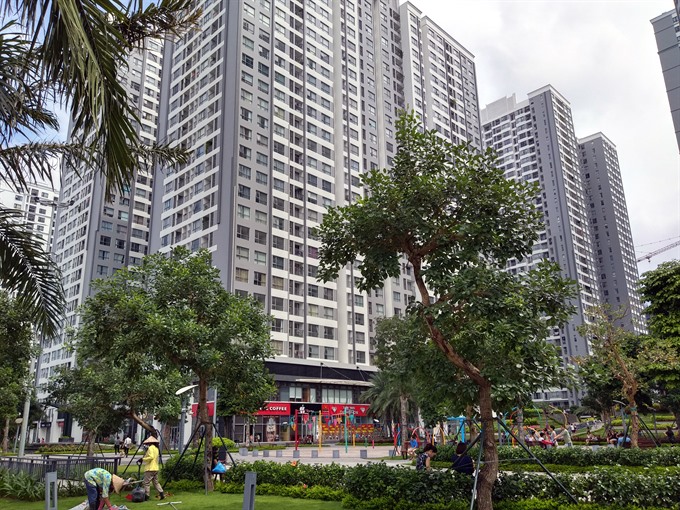
IFC’s new report titled “Green Buildings: A finance and policy blueprint for emerging markets” has highlighted how investors can tap into the great potential of green buildings in the Asia-Pacific region, which will house half the world’s urban population by 2030. IFC has estimated US$17.8 trillion worth of investment opportunities, primarily in residential buildings, for the region.
In emerging markets alone, green buildings will offer a US$24.7 trillion investment opportunity, which will spur economic growth and accelerate sustainable development. Further, with 80 million people projected to enter Asia’s middle class in the next few years, the demand for housing will continue to rise.
The growing demand for green housing units in Vietnam, in particular, will result in the US$80-billion investment opportunities in new green buildings in the country by 2030.
“The floor area of the buildings that dot our skylines is expected to double by 2060,” noted Alzbeta Klein, director of Climate Business at IFC. “The majority of this construction boom will occur in emerging markets, particularly in middle-income countries experiencing high population growth, rapid urbanization and income growth. Green construction is one of the largest investment opportunities of the next decade that can spur low-carbon economic growth and create skilled jobs for decades to come.”
The report stated that green buildings can be a strong driver of economic growth, generating over nine million skilled jobs in both the renewable and construction sectors by 2030. Currently, green buildings account for just 8% of the construction and renovation sector, indicating a vast potential for growth.
However, though emerging markets have ambitious targets for green buildings, they struggle to put in place effective measures to mandate and incentivize large-scale adoption of green construction practices. Hurdles include low technical capacity, as well as challenges in developing and adopting consistent standards and requirements for green construction across a highly local and decentralized industry.
Despite the challenges, the report pointed out that realizing the full investment potential of green buildings is within reach, with established financing models and proven, easy-to-execute technologies that are readily available and continue to decrease in cost with greater adoption. The report underlined the clear financial benefits investors, banks, developers and owners, including governments, can expect when entering the green building market.
Green buildings command substantially higher sale premiums, at up to 31% more, and sell more quickly than traditional buildings. In addition, they maintain occupancy rates up to 23% higher than conventional buildings and offer higher rental income. By consuming less water and electricity, operational costs are up to 37% lower than those for traditional buildings.

















